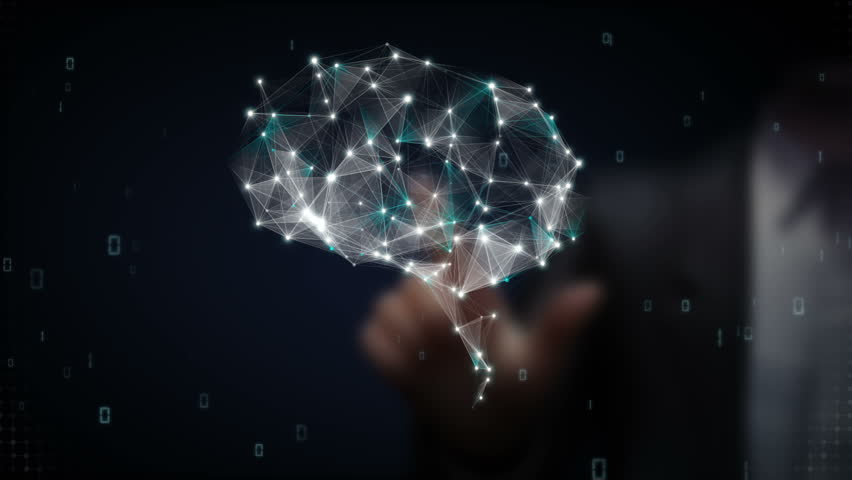Release date: 2017-11-29

The Brain Research Project (RAM), funded by the Defense Advanced Research Projects Agency (DARPA) and related to “Restoring Active Memory,†has produced fruitful results—a neuroscientist at the University of Pennsylvania in the brain of 300 patients undergoing neurosurgery Data of 30,000 electrodes were used to map the first brain wave connection. The relevant results were published in the recent issue of Nature News.
This work clarifies the way in which different parts of the brain communicate in cognitive processes such as memory formation. Although many studies use non-invasive tools, such as functional magnetic resonance imaging to examine brain neural networks, it is more valuable to observe large brain neural networks using direct human brain recording data from patients. To this end, the research team collected such information from a number of hospitals across the United States to directly observe the working mechanism of the brain neural network.
Patients undergoing clinical testing for epilepsy performed a “free recall task†where they were asked to watch a series of words appearing on the screen and then repeat the memory as much as possible. At the same time, researchers also observe brain activity on a time scale. Slow and fast EEG activities are called low frequency activity and high frequency activity, respectively. They found that when a person effectively creates new memories, communication between brain-related areas increases with the slowdown of EEG activity and decreases with high frequency activity.
The main author of the paper, Essen Solomon, said: "The low-frequency connectivity in the brain region is related to the increase in neural activity at this site." This means that new memory requires two functions to occur simultaneously - the brain region must handle a stimulus separately, the region They must communicate with each other at low frequencies.
The brain regions identified in the paper—the frontal lobe, the temporal lobe, and the medial temporal lobe—have always attracted neuroscientists, and these regions play a key role in memory function.
Michael Kahana, Principal Investigator of the project, said: "This picture helps us better understand the brain network that is activated during memory processing." He said that drawing this brainwave connection to the whole picture helps guide the future. Brain stimulation is used to treat memory impairment such as traumatic brain injury or Alzheimer's disease, but he also pointed out that there is still much work to be done to achieve this goal.
Source: Technology Daily
Xi'an Double H Health Technology Co., Ltd , https://www.dhextract.com